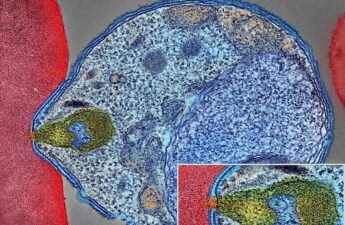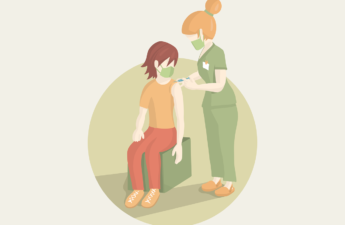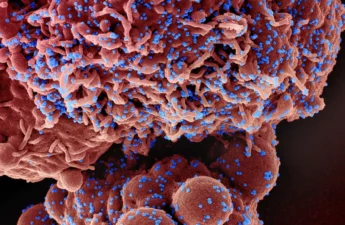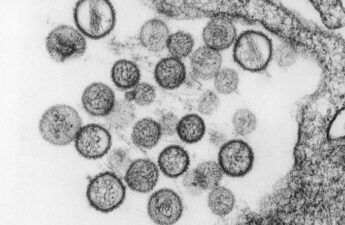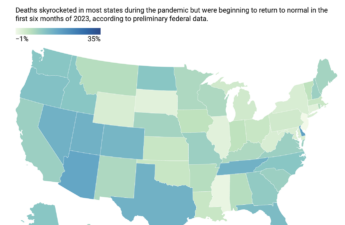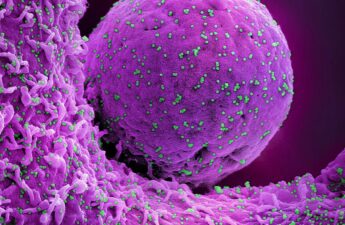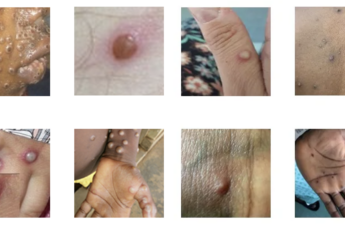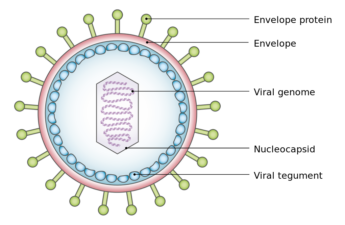Category: Infectious Disease
What is ‘fried rice syndrome’? A microbiologist explains this type of food poisoning – and how to avoid it
A condition dubbed “fried rice syndrome” has caused some panic online in recent days, after the case of a 20-year-old who died in 2008 was resurfaced on TikTok.
“Fried rice syndrome” refers to food poisoning from a bacterium called Bacillus cereus, which becomes a risk when cooked food is left at room temperature for too long.
The 20-year-old college student died after reportedly eating spaghetti that he cooked, left out of the fridge, and then reheated and ate five days later. Although death is rare, B. cereus can cause gastrointestinal illness if food isn’t stored properly. Here’s what to know and how to protect yourself.
Fall Covid-19 Update
Will there be a new surge?
Who should get the new mRNA vaccines?
Are they safe and effective?
‘We could eradicate malaria by 2040’ says expert after revolutionary vaccine is approved by WHO
Malaria is very high on the list of diseases we want to eradicate. I don’t think it’s going to happen in five years or 10 years, but it should happen in something like 15 years. So 2040 would be a reasonable target.
CDC Recommends Updated COVID-19 Vaccine for Fall/Winter Virus Season
Vaccination remains the best protection against COVID-19-related hospitalization and death. Vaccination also reduces your chance of suffering the effects of Long COVID, which can develop during or following acute infection and last for an extended duration. If you have not received a COVID-19 vaccine in the past 2 months, get an updated COVID-19 vaccine to protect yourself this fall and winter.
COVID-19 vaccine boosters are the best defence: Older adults shouldn’t rely on previous infection for immunity
We found that those who had battled the BA.1-2 variant of Omicron in early 2022 had a 30-fold higher risk of contracting the BA.5 variant later in the year. That was exactly the opposite of what we, or anyone, would have predicted. What the findings do tell us is that older adults who have had a previous COVID-19 infection shouldn’t rely on that to protect them against reinfection this fall. To protect against severe illness, keeping booster shots up to date is recommended.
Activist Misuses Federal Data to Make False Claim That Covid Vaccines Killed 676,000
There is no evidence that covid vaccines have killed Americans in large numbers, let alone 676,000. We rate the claim Pants on Fire!
Hantavirus Case Reported in King County
Hantavirus can cause a rare but deadly disease called Hantavirus Pulmonary Syndrome (HPS). In Washington state, hantavirus is spread by deer mice.
Death counts remain high in some states even as COVID fatalities wane
Fatalities from other causes such as traffic accidents, murders and overdoses are still on the rise.
COVID-19 vaccination and boosting during pregnancy benefits pregnant people and newborns
The researchers found that pregnant women who received the COVID-19 vaccines generated antibodies against specific types of SARS-CoV-2. These antibodies crossed the placenta and were also found in the cord blood of vaccinated participants. This likely conferred some protection in the newborns against infection immediately after birth—a critical time when they are vulnerable to severe COVID-19 disease but are too young to be vaccinated.
Ringworm fungal infections are common in the US and are becoming increasingly resistant to treatment – 6 questions answered
Ringworm infection is a common infection of the skin caused by a fungus. It’s estimated that at any given time about 20%-25% of Americans will have an active ringworm infection.
Vaccination in pregnancy greatly reduces risk of severe illness and death from COVID-19, and protects babies up to 6 months after birth
Extensive evidence shows COVID-19 vaccinations in pregnancy are safe, when given at any time during the pregnancy.
Mpox update from Public Health — Seattle & King County:
WHY A SECOND VACCINATION IS IMPORTANT NOW
Cytomegalovirus lies dormant in most US adults and is the leading infectious cause of birth defects, but few have heard of it
“Why didn’t anyone tell me about this virus?” is a frequent response I hear from parents upon learning their newborn is infected with cytomegalovirus, or CMV. Although more than half of the U.S. population will be infected with CMV by the age of 40 and the disease is common worldwide, few people have ever heard of it.
Going long: Viruses linger with lasting impact
Herpes, HIV, Epstein-Barr and other viruses hang around, causing potential long-term health woes. Should ‘long COVID’ surprise us?
Obesity in children is rising dramatically, and it comes with major – and sometimes lifelong – health consequences
Without intervention, many obese adolescents will remain obese as adults. Even before adulthood, some children will have serious health problems beginning in their preteen years.


